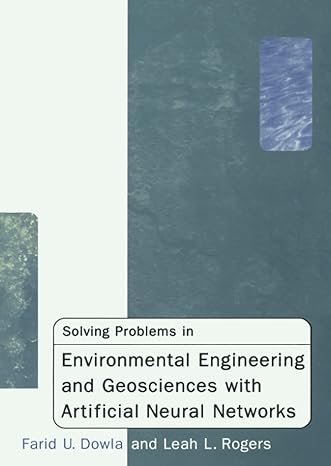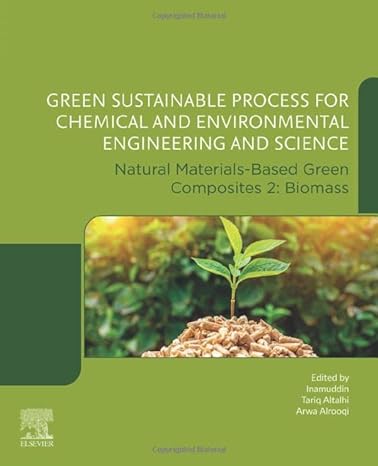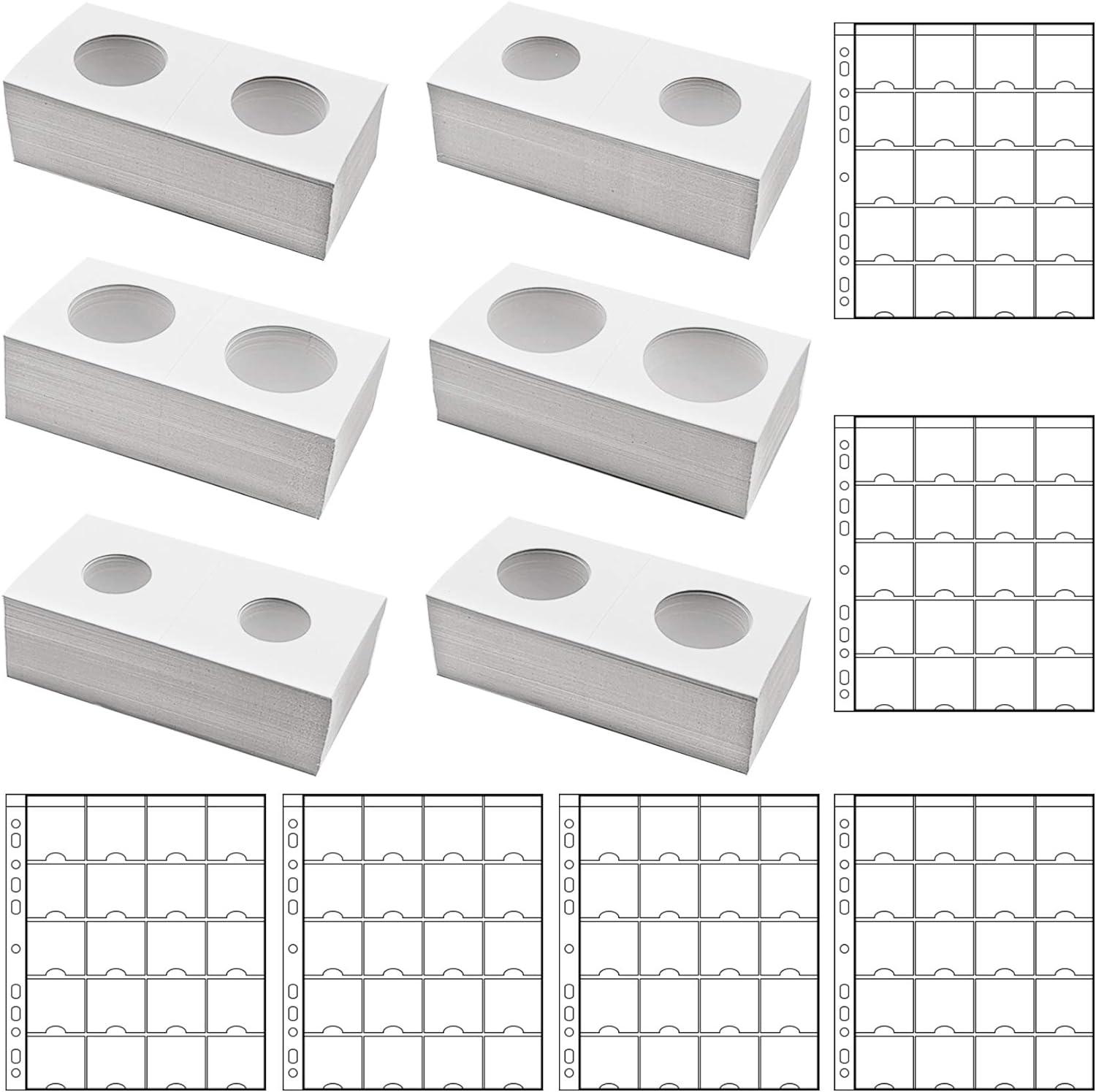Go back


Solving Problems In Environmental Engineering And Geosciences With Artificial Neural Networks(1st Edition)
Authors:
Farid U. U. Dowla, Leah L. Rogers

Cover Type:Hardcover
Condition:Used
In Stock
Include with your book
Free shipping: April 23, 2024Popular items with books
Access to 3 Million+ solutions
Free ✝
Ask 10 Questions from expert
200,000+ Expert answers
✝ 7 days-trial
Total Price:
$0
List Price: $24.51
Savings: $24.51(100%)
Book details
ISBN: 0262515725, 978-0262515726
Book publisher: MIT Press
Get your hands on the best-selling book Solving Problems In Environmental Engineering And Geosciences With Artificial Neural Networks 1st Edition for free. Feed your curiosity and let your imagination soar with the best stories coming out to you without hefty price tags. Browse SolutionInn to discover a treasure trove of fiction and non-fiction books where every page leads the reader to an undiscovered world. Start your literary adventure right away and also enjoy free shipping of these complimentary books to your door.
Solving Problems In Environmental Engineering And Geosciences With Artificial Neural Networks 1st Edition Summary: Artificial Neural Networks (ANNs) offer an efficient method for finding optimal cleanup strategies for hazardous plumes contaminating groundwater by allowing hydrologists to rapidly search through millions of possible strategies to find the most inexpensive and effective containment of contaminants and aquifer restoration. ANNs also provide a faster method of developing systems that classify seismic events as being earthquakes or underground explosions.Farid Dowla and Leah Rogers have developed a number of ANN applications for researchers and students in hydrology and seismology. This book, complete with exercises and ANN algorithms, illustrates how ANNs can be used in solving problems in environmental engineering and the geosciences, and provides the necessary tools to get started using these elegant and efficient new techniques.Following the development of four primary ANN algorithms (backpropagation, self-organizing, radial basis functions, and hopfield networks), and a discussion of important issues in ANN formulation (generalization properties, computer generation of training sets, causes of slow training, feature extraction and preprocessing, and performance evaluation), readers are guided through a series of straightforward yet complex illustrative problems. These include groundwater remediation management, seismic discrimination between earthquakes and underground explosions, automated monitoring for acoustic and seismic sensor data, estimation of seismic sources, geospatial estimation, lithologic classification from geophysical logging, earthquake forecasting, and climate change. Each chapter contains detailed exercises often drawn from field data that use one or more of the four primary ANN algorithms presented.
Frequently Bought Together
Top Reviews for Books
Adrina Bans
( 4 )
"Delivery was considerably fast, and the book I received was in a good condition."









